How to maintain a car battery maintenance

How to maintain a car battery maintenance
The car battery is an electric current source operating on the basis of electrochemical reactions occurring in it. Like any other device, the battery requires periodic diagnosis and conduct of preventive work. Today, the attitude towards the battery is common as the "consumption". In principle, it is. But at the expense of regular service, you can increase the service life of the automotive battery. Then you will buy a new battery not after 2─3 years, but after 5─6 years. As they say, saving is obvious. The information in this article will help you figure out how and with what frequency you need to serve the automotive battery.
Rechargeable battery maintenance for the car can be divided into non-periodic checks of its condition and direct prophylaxis. Maintenance of the automotive battery do it yourself will not be worth it anything and will save money. At the same time, you can entrust the prevention of specialists in the car service. But the diagnosis of the battery is better to learn to conduct themselves. Then you will have an understanding of what state is the battery, and whether it needs another prevention.
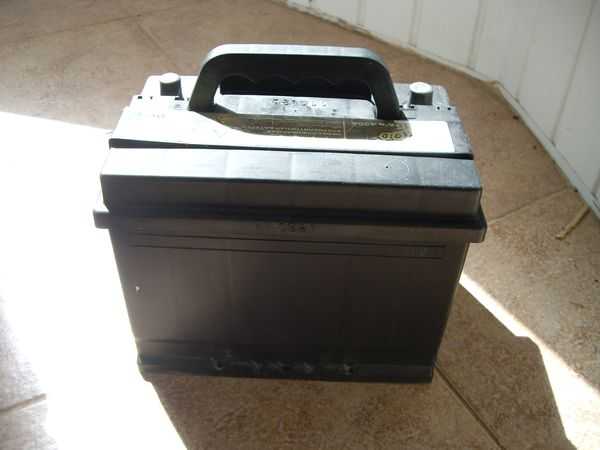
Diagnostic check
- During the diagnosis of automotive battery, it is recommended to do the following actions:
- Measurement of the battery voltage, removed from the car (with removed terminals);
- Stress out the voltage connected to the battery machine with the engine running;
- Electrolyte level control;
- Visual inspection for contaminants, body damage and terminals.
All these actions need to be carried out constantly, even if there are no problems with the operation of the battery. All these operations refer to a periodic verification of the state of the car. They can be carried out simultaneously with the inspection of the oil level in the engine, fluid in the washer tank, testing the pressure in the tires, etc.
Periodic service
- Periodic charging from the network charger. It is held once a quarter of the summer, once a month in winter. If necessary, an extraordinary charging was carried out if the battery was very discharged;
- Testing the battery on the performance of the load fork. You can spend every six months to estimate the condition of the battery;
- Mechanitol density measurement. If necessary, adjustment is made. It is carried out after the scheduled battery charging;
- Prevention of desulfation;
- Measuring current leakage.
What you need to maintain the car battery do it yourself:
- hydrometer;
- multimeter (or Voltmeter);
- load plug;
- network charger;
- fresh electrolyte and distilled water;
- transparent tube of glass or plastic;
- pear.
Do not forget that when servicing a car battery, you need to use personal protective equipment. The electrolyte is an aqueous solution of sulfuric acid. This is a caustic substance that affects the mucous membrane and the skin. Therefore, be sure to protect your hands with gloves, and your eyes with protective glasses.
Below is considered in detail how to perform the operation described above.
How to maintain a car battery?
Voltage measurement
To measure the voltage, the battery will be needed voltmeter or multimeter. This operation is performed to evaluate the degree of charge of the battery. Measurement should be performed on the battery in the open circuit. That is, remove the terminals from the battery and the leads of the multimeter touch the currents. Red on plus, and black for minus. In principle, the polarity can not be observed. In this case, the absolute value of the voltage will be the same, only the multimeter will show it with a minus sign. We advise you to learn more about in the specified material.
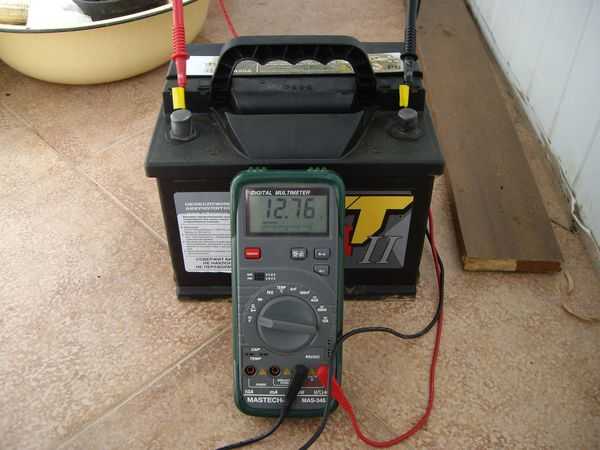
Fully charged battery must have a voltage of 12.6─12,9 volt. If the voltage is below 12 volts, then the operation of such a battery is not recommended. It must be charged. The operation of the automotive battery in the discharged state leads to an accelerated sulfate and reduced service life. Particularly sensitive to the category of calcium batteries. Deep discharge for them "death is similar." With every such discharge, they irreversibly lose part of their capacity. At the following link, you can learn in detail about.
Control voltage on the car when the engine running
In this case, voltage measurements on the currents of the AKB are also carried out. But now the battery is connected to the onboard network and started. To simulate the actual working conditions, the radio tape recorder is turned on, stove heating, stove. In this mode, the voltage on the battery should be approximately 13─14.4 volts.
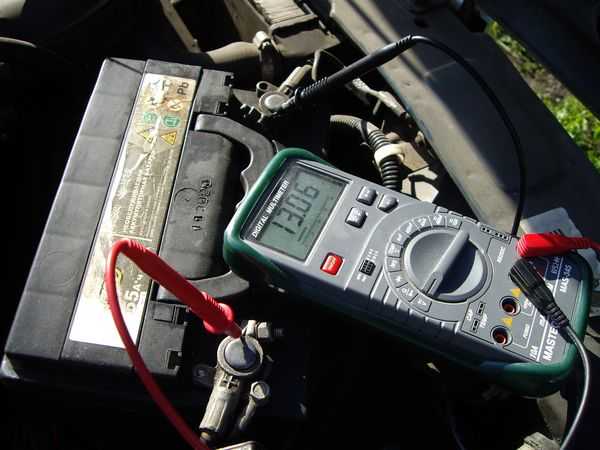
This measurement is carried out in order to diagnose the generator. From this will directly depend on how well the car battery will be charged when traveling. If the voltage is less than the specified interval, then the battery will fill bad charge. If it is higher, it will cause active hydrolysis (water decomposition).
This will lead to a strong consumption of water from electrolyte. Therefore, if the voltage on the engine running does not match the norm, refer to the automotive electrician. The article describes in detail all the reasons.
Electrolyte level in banks
Control of the level of electrolyte in banks can be performed on the battery installed on the car, or removed from it. Usually this operation is carried out at the end of charging. Open the holes of the cans (if the battery is served). You can measure the level with a glass tube. Can be a tube of plastic. It is suitable for a simple case from the fountain pen.
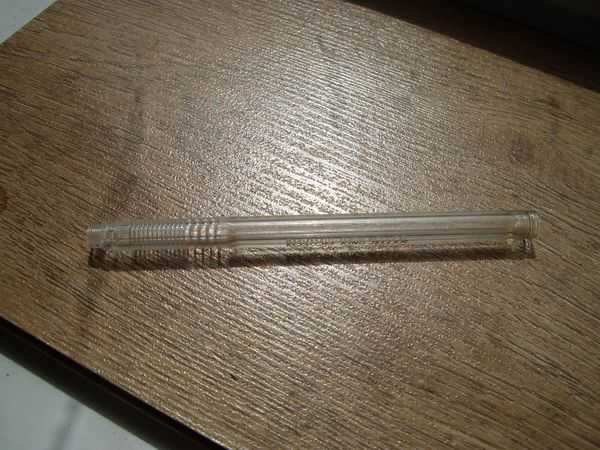
Alternately, each jar is lowered the tube to touch with the plates. After that, you close the top end with your finger and pull out.
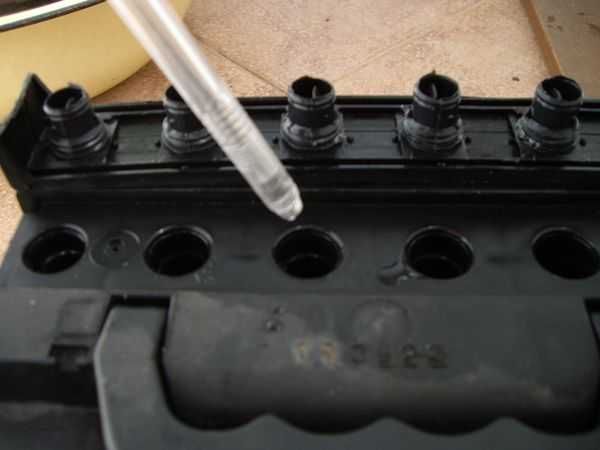
In the tube height of the electrolyte level should be about 10─15 mm. If necessary, plot distilled water. In no case, do not operate the car battery with bare plates. If there is no tubules for measurement, then simply visually check that the electrolyte is completely covered with the surface of the plates. Highlight inside with a flashlight.
Attention! Never use to backlit matches or lighter. When working the battery under its lid, hydrogen accumulates. If you get a spark or open flame will occur. So that security measures primarily.
Visual inspection
Approximately once a week before the trip, it is recommended to inspect the acb for pollution and damage. Wipe with an automotive battery case oil, dust, electrolyte. It is very good to wipe it with a solution of food soda to neutralize electrolyte. To do this, spread to the teaspoon of soda in a glass of water.
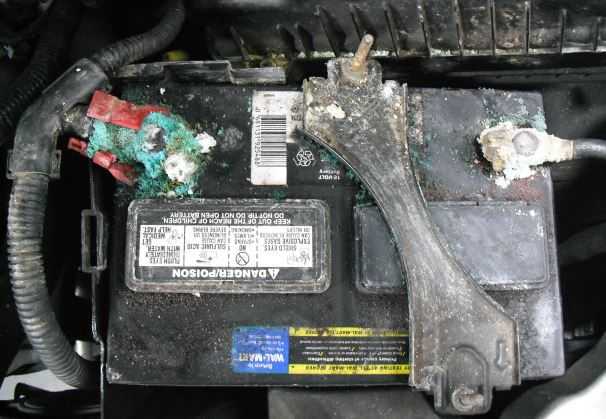
If you want to know, read the material at the indicated link.
If the battery case is dirt, elevation of electrolyte, dust, then all this contributes to the formation of a conductive film and enhances the self-discharge. So that there are no oxidation on currents and terminals, cover them with sprays or gels against corrosion. Now such chemistry is selling a lot in automotive stores.
Periodic and extraordinary charging
Periodic charging of the automotive battery should be carried out 1 time in 3 months. In winter, especially in a cold climate, charging needs to be done once a month. More precisely, this process can be called not charging, but by recharging.
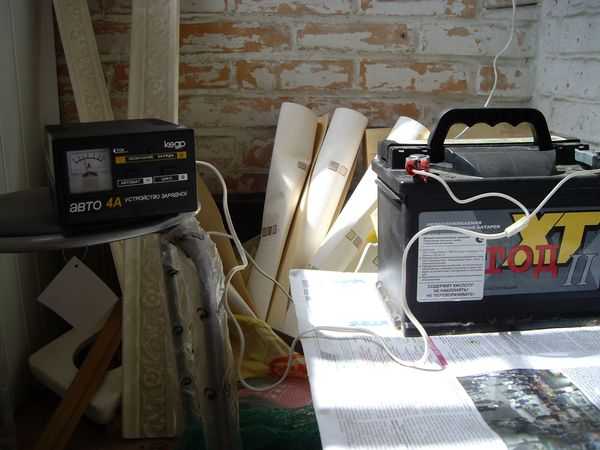
As a result, the battery is brought to the maximum.
With frequent short-term trips in the city cycle mode, the generator does not have time to fully charge the battery (especially in the winter season). As a rule, this recharge is carried out in a constant voltage mode.
What does it mean, and what else there are charging modes can be read in the material called "".
Electrolyte density control
The density of the electrolyte in the battery must be checked after a complete battery charge. According to density indications, it is possible to estimate the degree of charge. For the middle band, the electrolyte density in the range of 1.27─1.29 gr. / Cm3 on a fully charged battery. The north of the density is recommended to bring to 1.3 gr. / Cm3. To measure the density you will need a carometer. You also need fresh electrolyte and distilled water to adjust the density if necessary.
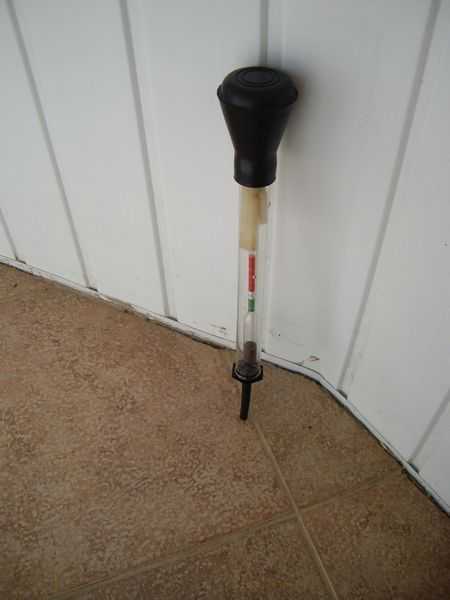
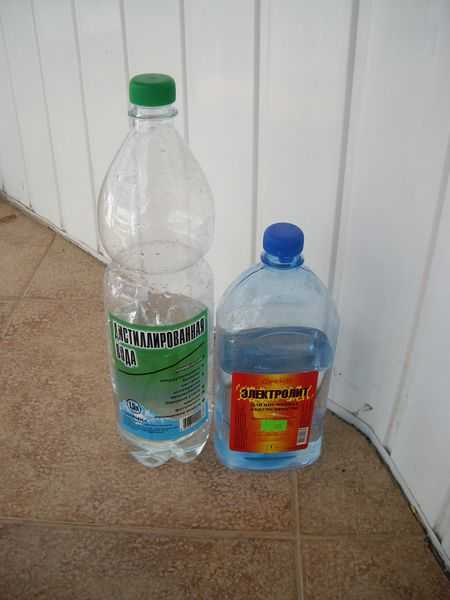
Below is the electrolyte charge table. According to these data, it is possible to estimate the degree of charging the car battery, the freezing temperature and electrolyte density.
| Account degree,% | ||||
|---|---|---|---|---|
| Electrolyte density, g / cm. cube (+15 gr. Celsius) | Voltage, in (in the absence of load) | Voltage, in (with a load of 100 a) | Account degree,% | Frozening temperature of electrolyte, gr. Celsius |
| 1,11 | 11,7 | 8,4 | 0 | -7 |
| 1,12 | 11,76 | 8,54 | 6 | -8 |
| 1,13 | 11,82 | 8,68 | 12,56 | -9 |
| 1,14 | 11,88 | 8,84 | 19 | -11 |
| 1,15 | 11,94 | 9 | 25 | -13 |
| 1,16 | 12 | 9,14 | 31 | -14 |
| 1,17 | 12,06 | 9,3 | 37,5 | -16 |
| 1,18 | 12,12 | 9,46 | 44 | -18 |
| 1,19 | 12,18 | 9,6 | 50 | -24 |
| 1,2 | 12,24 | 9,74 | 56 | -27 |
| 1,21 | 12,3 | 9,9 | 62,5 | -32 |
| 1,22 | 12,36 | 10,06 | 69 | -37 |
| 1,23 | 12,42 | 10,2 | 75 | -42 |
| 1,24 | 12,48 | 10,34 | 81 | -46 |
| 1,25 | 12,54 | 10,5 | 87,5 | -50 |
| 1,26 | 12,6 | 10,66 | 94 | -55 |
| 1,27 | 12,66 | 10,8 | 100 | -60 |










